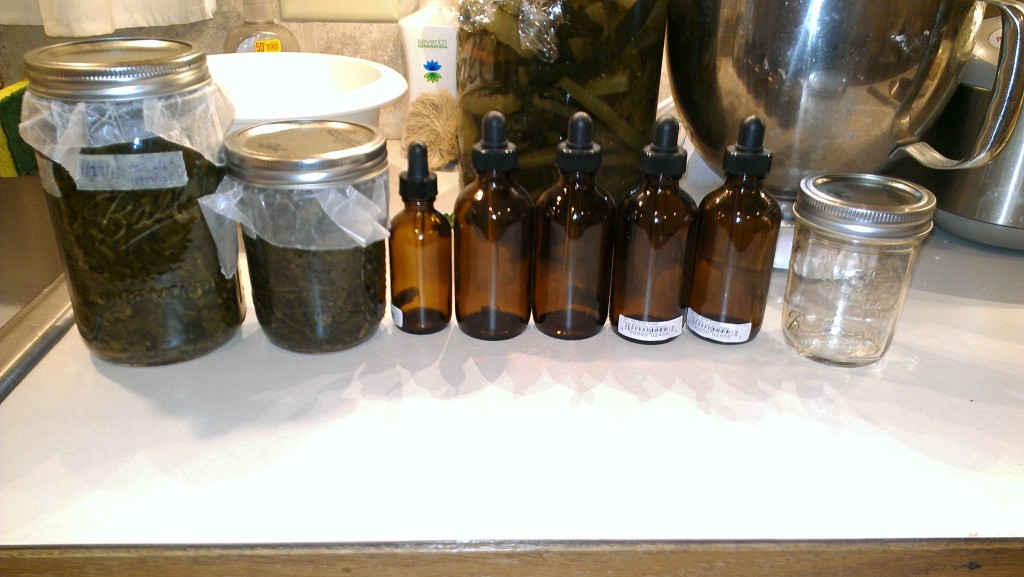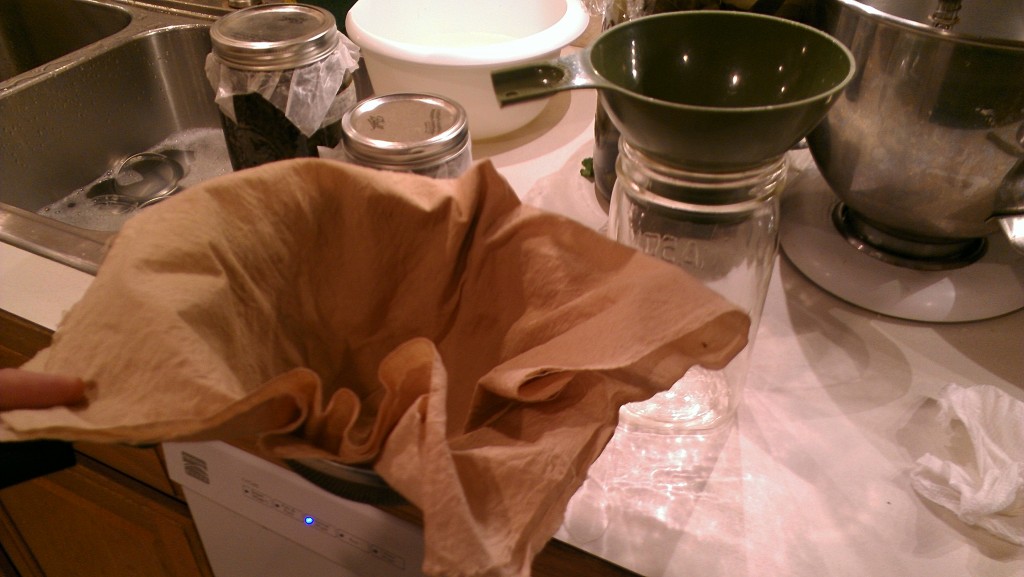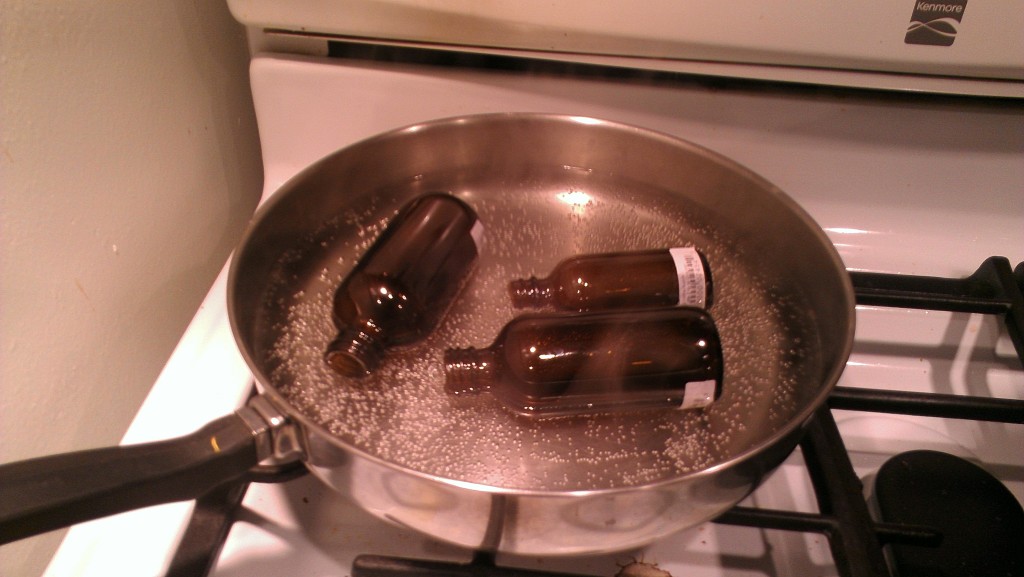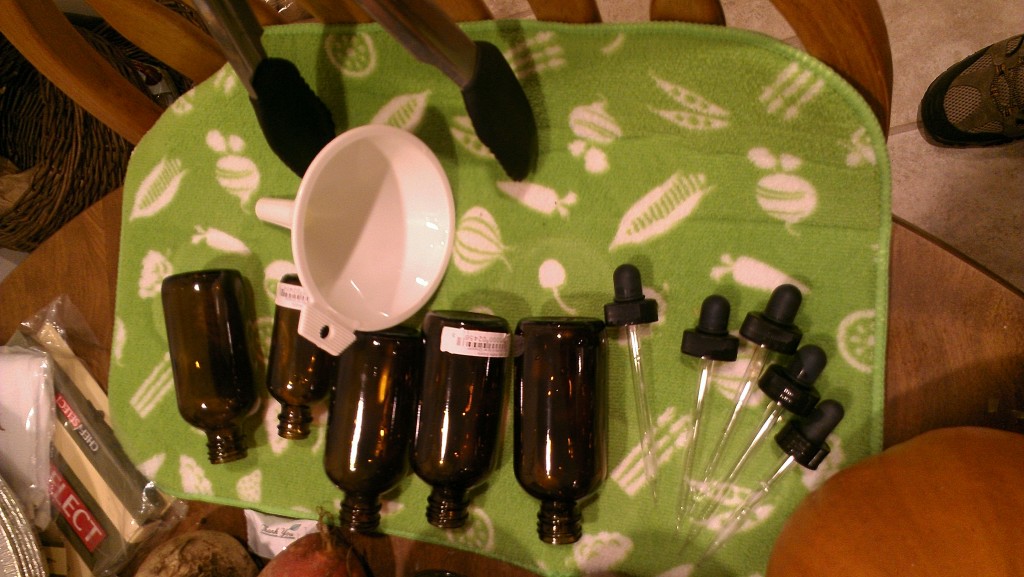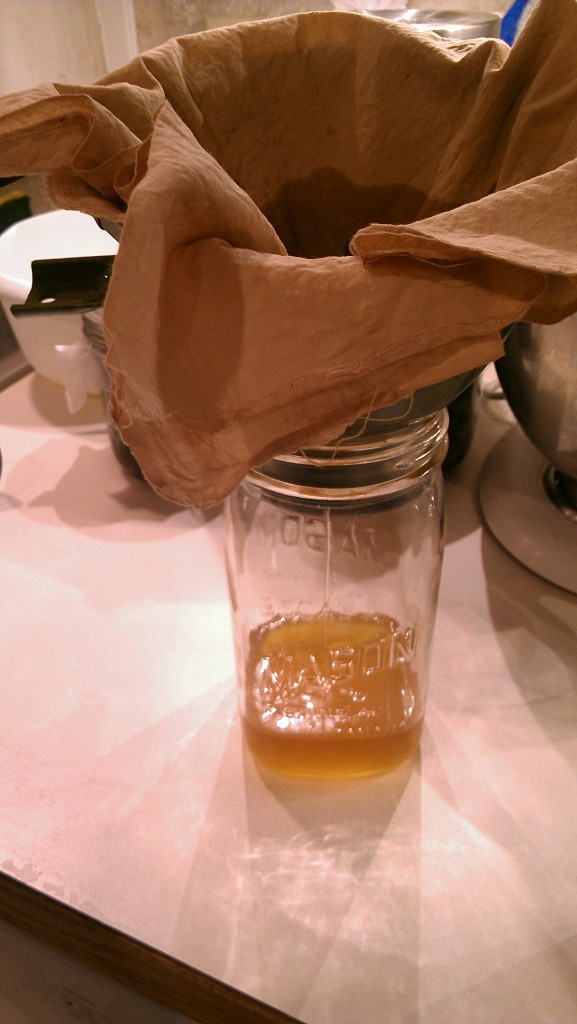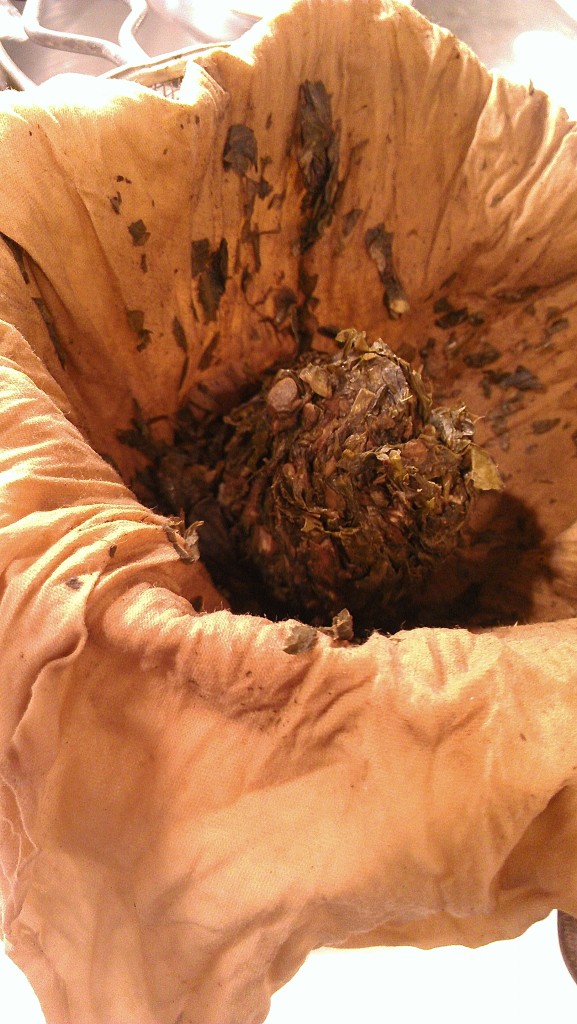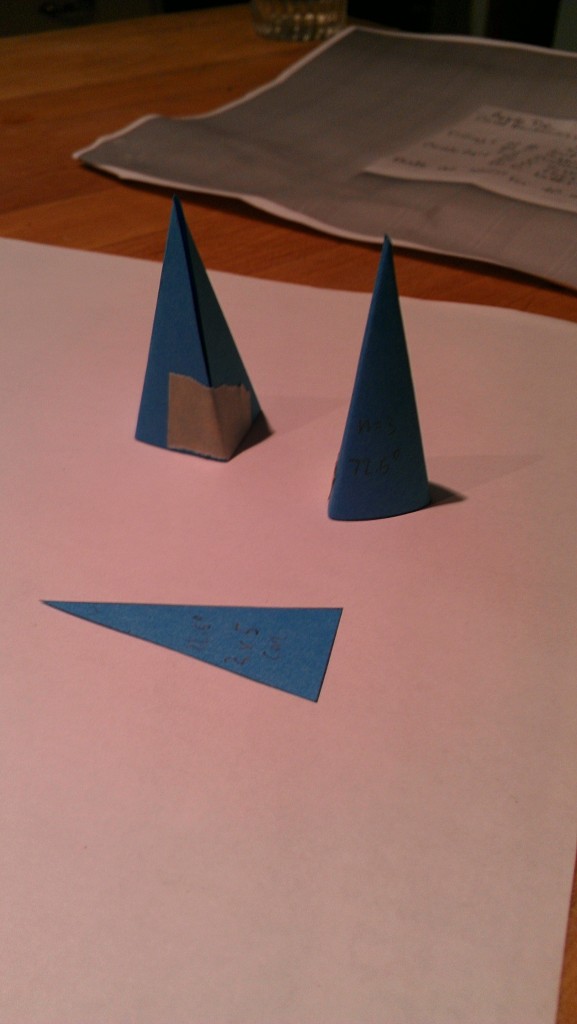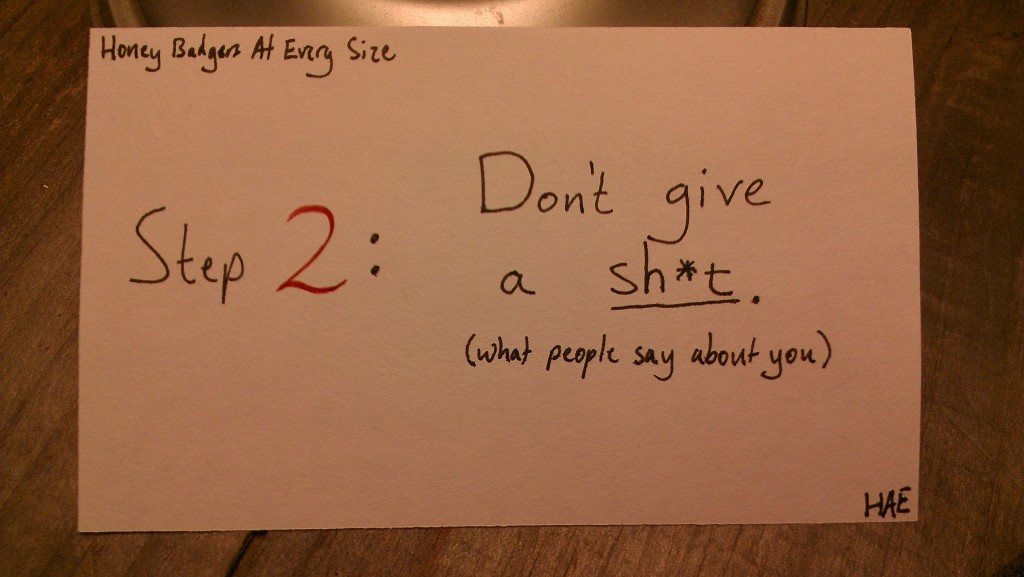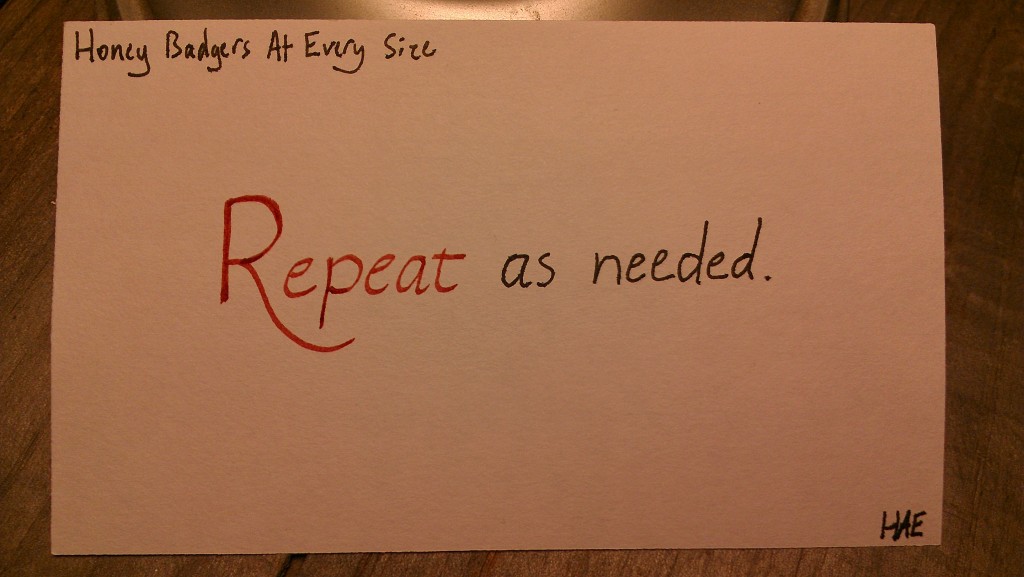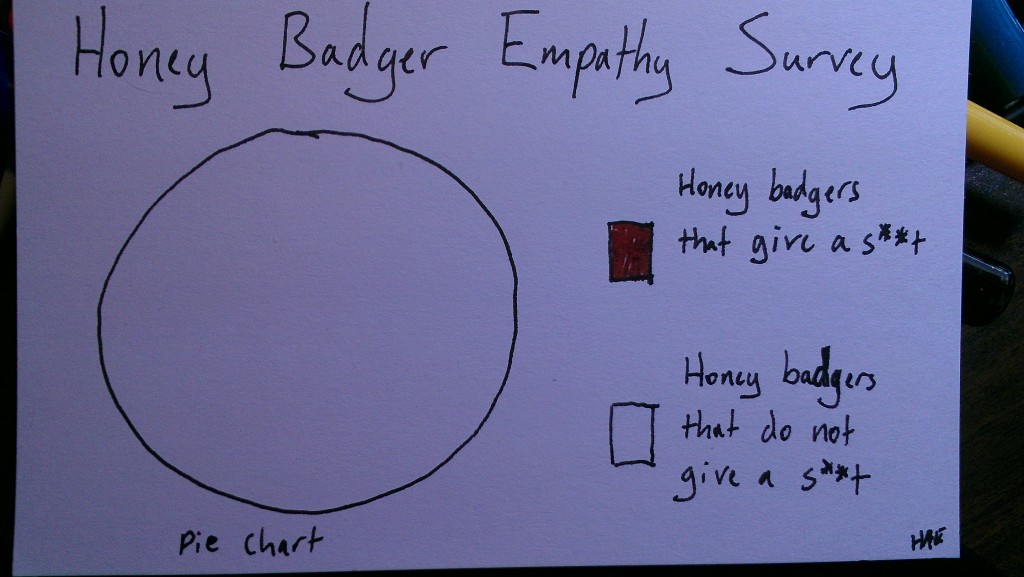This post follows up on some things people have raised in the lively discussion about my earlier post, How Much Does Grad School Cost? Please start with that post if you’re just joining the discussion now. Thanks!
There’s been a lot of discussion about my earlier post: in the blog comments, on Facebook, by private messages, in person. Much of it is worth sharing or clarifying, so that’s what I’m doing here. To all the folks who commented: thank you for helping shape the discussion.
What does “grad school” mean?
I’m using “grad school” to mean formal education at a degree-granting institution that requires a baccalaureate degree for entrance. I believe this usage is consistent with how most people I know use the term. For me, “grad school” encompasses:
- Academic doctoral (PhD) programs in any discipline: PhD in history, engineering, physics, sociology, music, literature, Arabic, etc.
- Professional doctoral programs in any accredited discipline: MD, DO (osteopathy), JD (law), DPT (physical therapy), EdD (education), ND (naturopathy), DC (chiropractic), D.Div. (divinity), DDS (dental surgery), DVM (veterinary medicine), PharmD (pharmacology), PsyD (psychology), etc.
- Academic masters-level (MA, MS, M.Ed, M.Phil, etc.) programs in any accredited discipline: same list as the PhD programs.
- Professional masters-level programs in any accredited discipline: MBA (business), MSW (social work), MPH (public health), MHC (mental health counseling), etc.
- Professional training that grants a degree and license similar in workload to masters-level or doctoral-level work: RPA (registered physician’s assistant), NP (nurse practitioner), RNA (nurse anesthetist), midwives, etc.
One can reasonably argue against inclusion of some of these categories in “grad school”, but given that my point was about the opportunity cost of higher education, these are semantic debates that don’t alter the thrust of the argument.
Is grad school funded for most people?
I’ve learned some things from this discussion: one is that most academic PhD students have some combination of grants, TA-ships, and stipends that means they don’t take on additional student loans for their PhD education and often get some living expenses into the deal.
People disagree about this, though; it appears that PhD funding levels and their effect on surplus depend (to some degree) on:
- Academic discipline
- PhD advisor/lab group
- University (some universities fund better than others)
- Location (some universities are in expensive cities, while others are more affordable)
A lot of the debate on Facebook centered around PhD-level education in academic disciplines, and I’m prepared to accept the assertion that most people finishing academic PhDs don’t come out with additional debt from them.
However, there are still four other categories of education in my “grad school” list above, and most of them don’t enjoy the same funding status. Although instances do exist of full-ride scholarships or TA-ships for professional doctoral degrees, academic or professional masters-level programs, and professional certifications, they’re not the norm. Most people going into these programs expect to take on new debt from them.
Undergraduate debt can accumulate during grad school
Most student loans offer a deferral during further academic study, but depending on whether they’re subsidized or unsubsidized, the existing loans from undergraduate education may continue compounding during the deferral period. (This isn’t true for federally-subsidized loans, but it is true for direct unsubsidized loans. For more information, and a chart about the maximum borrowing limits for subsidized loans, go here.)
The effect of this can be fairly large; many of my college students talk about coming out of undergrad school with student debt in the range of $40,000 (public university students) to $80,000 or more (private university students). I’m surprised these numbers aren’t higher; Swarthmore (my alma mater) has tuition and fees of $57,870 annually, which would leave a person with $231,480 in debt unless they had scholarships or need-based aid. (From the chart linked above, an undergrad could currently receive a maximum of $23,000 in subsidized loans to cover this, leaving about $200,000 for other loans.)
Let’s suppose a hypothetical private school student (Gina) got scholarships, need-based aid, and subsidized loans to cover half of that, leaving them with $115,740 in unsubsidized loans. We’ll pick a low interest rate and assume that their undergraduate debt is serviced at 3.2% (the lowest interest rate I found in an informal survey of recent graduates; rates ranged from 3.2% up to 8.0%).
Assuming my hypothetical student goes to grad school, gets education deferrals (meaning no repayment required), and doesn’t pay during grad school, that interest still compounds, which leaves Gina owing:
- After undergraduate: $115,740
- 1 year grad school: $119,444
- 2 years grad school: $123,266
- 3 years grad school: $127,210
- 4 years grad school: $131,281
- 5 years grad school: $135,482
- 6 years grad school: $139,818
- 7 years grad school: $144,292
- 8 years grad school: $148,909
- 9 years grad school: $153,674
- 10 years grad school: $158,592
Why is this relevant? Because if people take the loan deferment during grad school (which, again in my informal survey, a lot of people do), their debt expands during grad school. That’s part of the opportunity cost.
Some of them pay down their undergraduate debt during grad school, and that’s great. Some of them finish undergraduate education with no debt, and that’s great too. But for a lot of the other people, they didn’t see the effect of debt expansion coming until after they had finished grad school.
Why do you hate education?
I don’t.
Seriously, I love formal education. I loved doing my Masters’ degree, and I’d love to go back and get a PhD because getting to spend six more years studying how people learn sounds awesome. My professors encouraged me to apply, offered connections, offered to hook me up with good departments, everything. Heck, I won a competitive nationwide award for instructional design for which I beat out work by graduate students in PhD programs, and I did it during in the early stages of an MS program. I’d love to go to grad school.
But when I started asking around, nobody could tell me about PhD jobs in my field. The field is growing really fast, but it’s still pretty new, and there aren’t that many tenure-track positions available anywhere. There aren’t many non-academic jobs that require PhDs in instructional design, learning, or the other sub-specializations of my discipline.
As I wrote above, people have basically convinced me that you can do an academic PhD for free and even make some money at it. So why not do the same? Read on.
People are less happy than they seem
My profession is crisis counseling. I run a crisis hotline, I teach crisis counseling practices, and I help a lot of people learn how to be therapeutic listeners.
A side effect of this should be obvious: it’s pretty easy to fall into a conversation with me. Those conversations often turn “serious” pretty quickly, partly because I often ask the hard questions and partly because people seem to know that it’s okay to talk openly about their feelings with me.
I started writing about the cost of graduate school because I spend a lot of time talking about it one-on-one with people who are struggling. A lot of folks are feeling some pretty deep ambivalence and frustration with their decisions to seek graduate education, either because the rewards haven’t been as great as what they were promised or because the costs were higher than they expected.
If you are a quantitative-data-only sort of person, I encourage you to ignore this entire section because I’m not going to name names or share numbers. But if you’re willing to buy into qualitative data collection and trust me as someone who has done crisis counseling and suicide intervention for the last 14 years, read on.
Lots of people in the Facebook comment thread for my last post have talked about how I shouldn’t underrate the happiness, contentment, and satisfaction that comes from graduate education. I apologize if I’ve given the impression that I don’t value those things: I do. But I also talk to a lot of people who’ve done the time, gotten the degree, and haven’t reaped the rewards. Many of the people commenting are ones who’ve hit the jackpot: tenured positions at reputable academic institutions, people working for prestigious tech companies, etc. I am thrilled for those people, but I believe their experience is somewhat unusual. I’ve got some sampling bias because I went to an elite liberal arts institution and tend to be friends with people from similar backgrounds, so that makes up a lot of the discussion base.
In my day job, I work with and teach students from a much broader range of situations: wealthy scions of highly-educated families attending a private university, first-generation college students on HEOP scholarships attending a public university, and lots of folks in between. The experiences these people have are often pretty different from what I heard at Swarthmore, and that difference extends through to graduate schooling. They’re often not getting soft landings, faculty appointments, prestigious jobs, or anything else.
Social curation
A bunch of people have raised the fact that many people with PhDs end up working jobs that don’t fully use their PhDs, whether working on farms or in coffee shops or teaching high school or teaching as adjuncts or consulting part-time, and used it to advance the argument that my economic concerns don’t hold water. Lots of people with Masters’ degrees are working the same kinds of jobs, with the added burden of loans for education. Many of these people, asked if they’re happy with their jobs and their choice to attend graduate school, say “absolutely”.
Many of them also say different things privately. Lots of people talk to me about feeling despair at having to write checks every month for an education that has bought them nothing that pays, and quite a few mention feeling that they have to pretend to feel happy about their current situations because it’s socially awkward to do anything else.
A lot of us get our information about friends from social interactions and social media, and it seems like the social curation effect—people packaging their “highlight reels” and displaying them as normal life—plays into it. It’s uncomfortable in most situations to admit doubt and anxiety into the conversation, so people often don’t. Instead, we make it look like we’re happy, try to keep calm, and carry on.
I think we’re asking the wrong question.
Rather than asking “are you glad that you went to grad school”, I think it’s more relevant to ask “if you had known this would be the result, would you have made the same choice about graduate school?” From what people tell me, a lot of them wouldn’t.
The bottom line
All I’m trying to advocate is a frank appraisal of graduate education’s costs, including long-term and hidden costs, so that people can make their own choices from a position of knowledge.
I believe that when you consider opportunity costs, debt compounding, and other factors, grad school often costs a lot more than people realize up front. This opinion is borne out by the years I’ve spent talking to anxious (and sometimes suicidal) people regretting their educational choices. Whether or not they should, people often don’t see the costs coming.
I’d like to change that. Whether graduate school is “worth it” is a very personal choice, encompassing all sorts of questions about identity, role in the world, desire about how to spend one’s time in life, future job prospects, and more, but on some level it’s still a cost-benefit analysis. Knowing the actual costs and benefits makes that decision easier, not harder.
I also believe that if you see the costs coming and still choose to attend grad school, there are ways to mitigate the costs—provided that you’re aware of the need to think about it. That’s where I hope we can take this conversation.

